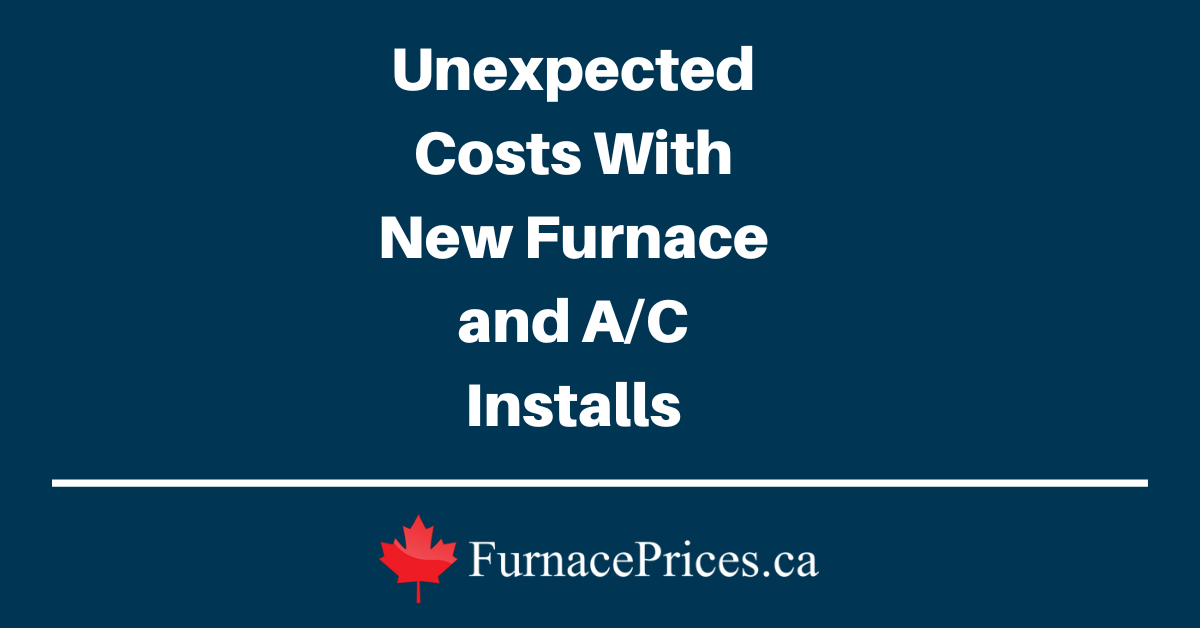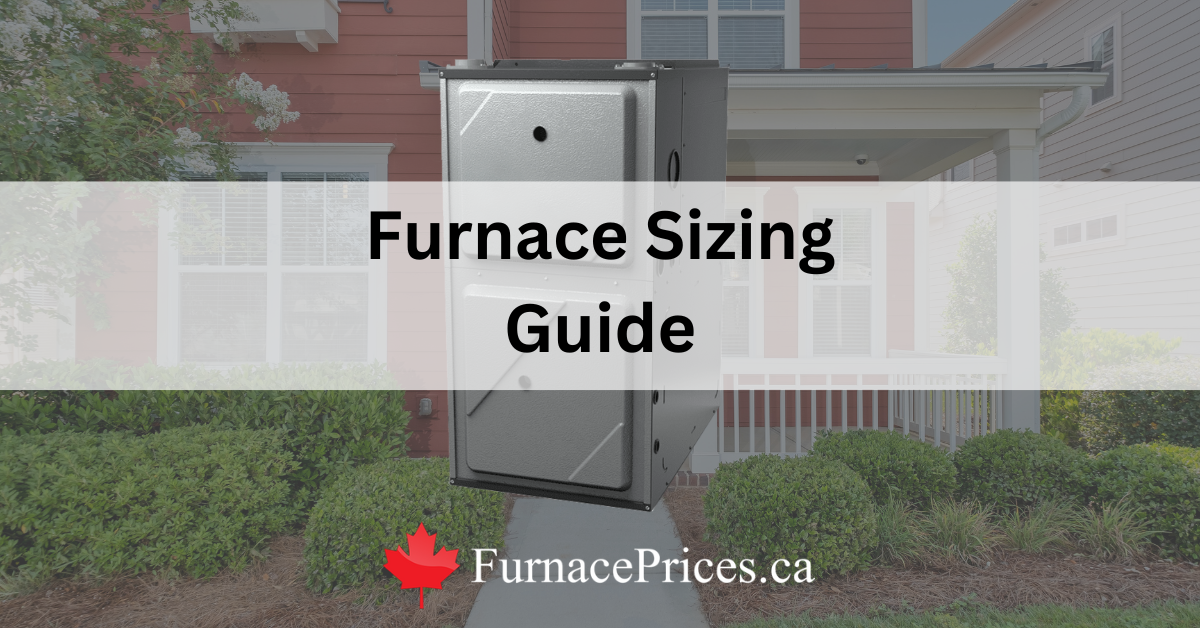What's covered in this article?
ToggleFurnace Types by Operation

Single-Stage Furnace
What is a single-stage furnace?
Single stage is one of the most common furnace types. This type of furnace has two settings: on and off, that is, your furnace is either running at maximum capacity or not at all.
Single-stage is generally the most affordable furnace type. However, when you compare a single-stage furnace vs dual-stage or modulating furnace, it isn’t as energy efficient.
What’s more, single-stage furnaces can sometimes be noisier, and they may produce hot and cold spots around the house.
What home is it best suited for?
Single-stage furnaces typically work better in small/medium homes with lower heating demands, such as single-story homes, houses with traditional floor plans, cottages, and the like.
They can also work well in milder climates where the winters aren’t too long or too cold. When you’re looking at the best types of furnaces in Canada, single-stage ones can work in more temperate parts of the country, such as Vancouver Island.
Further, if you’re in your home for the short term, it may be worth considering a single-stage furnace, since you will not be there long enough to reap the rewards of lower energy bills.
Is a single-stage furnace worth it?
A single-stage furnace can be great if it works for your heating needs. It’ll be more affordable than the other furnace types, and modern single-stage furnaces are still highly efficient.
However, if you have room in your budget, it’s worthwhile looking at the benefits of a modulating or dual-stage vs single-stage furnace.
Dual Stage Furnace
What is a dual-stage furnace?
Within the “on” setting of a dual-stage furnace, there is a low and a high setting. Generally, your furnace will run on the low setting. If there is a sudden change, like an influx of cold weather, the furnace will kick into high gear.
Dual-stage furnaces deliver a more consistent heat to your home and are more responsive to weather fluctuations, resulting in more consistent temperatures throughout the house.
When you compare a single-stage vs dual-stage furnace, a dual-stage furnace will be more expensive, but it will typically also be:
- Quieter
- More efficient
- Cheaper to operate
- More even in its heating capabilities
- Less disruptive
A high-efficiency furnace can also be eligible for a government rebate.
Check out our Current Heating & Cooling Deals and Promotions for current furnace deals and discounts in your area.
What home is it best suited for?
If your home has multiple levels, has a tendency towards cold and hot spots or if you live in an area in which you experience drastic temperature drops or changes, a dual-stage heating system is one of the superior furnace types compared to single-stage and will keep you cozier.
Given a typical cost difference of only a few hundred dollars, dual stage furnaces are a good option for pretty much any homeowner who can afford it.
Is a dual-stage furnace worth it?
A dual-stage furnace will cost you slightly more in the beginning, but with lower energy bills and improved comfort, it’s a small price to pay and worth “splurging” for.
What’s more, a dual-stage furnace is also more likely to come with some additional bells and whistles, such as proprietary technology or features, and may even have a longer warranty.
Get Quotes
How soon are you looking to buy?*



Variable/Multi-Speed Furnace
What is a variable or multi-speed furnace?
A variable or multi-speed furnace monitors the temperature of your home and then adjusts the speed of the blower motor, sometimes referred to as an ECM motor, in very small increments.
This results in more consistent heat throughout the house, better air filtration, and quieter operation. What’s more, ECM motors use at least 60% less energy than traditional PSC motors.
When comparing the different types of furnaces, variable-speed models will be more expensive, but they’ll save you on electricity bills.
What home is it best suited for?
There are many types of homes that could potentially benefit from a variable-speed furnace, including:
- If you want a quieter home environment
- Your house has higher heating demands
- You’d like better indoor air quality
- The home could use extra dehumidification
- Your home experiences temperature fluctuations
- You have rooms that don’t heat at the same rate as others
- You’d like to reduce energy costs
Because variable-speed furnaces tend to be more energy-efficient and may be ENERGY STAR® certified, you may qualify for rebates to help offset some of the cost. Be sure to ask your local HVAC supplier for details!
Is a variable/multi-speed furnace worth it?
If you’re planning on staying in your home for at least 5 years, it’s worth considering a significant investment in your home heating that, with proper installation and maintenance, will increase your comfort, reduce your energy bills and last for the long haul.
Modulating Furnace
What is a modulating furnace?
A modulating furnace has a burner that adjusts the amount of fuel burned incrementally in order to maintain a consistent temperature.
When comparing a modulating vs variable-speed furnace, the difference is the component involved. A furnace can have both a variable/multi-speed blower and a modulating burner, and that’s the best type of furnace if you want precise, consistent, quiet, and efficient heating with minimum fuel waste.
However, a modulating furnace is going to be one of the most expensive furnace types, especially when paired with a variable-speed blower.
What home is it best suited for?

Modulating furnaces are best suited for large homes, cold climates, houses with multiple levels or zones, and spaces where it’s difficult to achieve a consistent temperature from one room to another.
If you plan to stay in your home for the foreseeable future, consider investing in a high-efficiency furnace. The unit will cost more on the outset, but costs can be lessened through government rebates and savings on energy bills. Because modulating furnaces tend to be more energy-efficient and may be ENERGY STAR® certified, you may qualify for rebates to help offset some of the cost. Be sure to ask your local HVAC supplier for details!
Is a modulating furnace worth it?
If you’re willing to spend a bit extra to get the best, and achieving maximum heating comfort and efficiency is important to you, a modulating furnace is a good option. This is especially true if you’re going to be in your home for a while and will benefit from lower energy bills.
But if you’re looking for something a bit more basic or your budget is more limited, a modulating furnace probably isn’t essential.
Furnace Types by Fuel Source
Regardless of the type of fuel a furnace uses, all the different types of furnaces work on the same principle.

When the temperature drops, the thermostat initiates a heating cycle, which triggers the system to ignite the fuel and create heat. The heat created is transferred to the air in the heat exchanger and then distributed throughout the house through the ducts.
The differences between all types of furnaces include the specific fuel each one burns, how efficient the system is, where the fuel is available, and how much the fuel costs.
Natural Gas Furnaces
Natural gas furnaces burn natural gas to create heat. They typically have efficiency ratings between 95% and 98% AFUE.
Natural gas is widely available throughout Canada, and this is one of the most common types of furnaces for homes. If your area has natural gas infrastructure, you can have it piped in directly to your home.
However, there are places where it isn’t available, including rural areas that don’t have the infrastructure.
What’s more, more and more communities are making efforts to phase out natural gas in favour of electric heating.
Propane Furnaces
A propane furnace is basically the same as a natural gas furnace, except it burns propane to create heat. In fact, most natural gas furnaces can be converted to propane with a conversion kit, so they have similar AFUE ratings.
Propane furnaces are an excellent alternative if you live somewhere that doesn’t have natural gas infrastructure.
However, propane furnaces require you to house a propane tank on-site that must be filled regularly and inspected every so often for safety.
Oil Furnaces
Oil furnaces also have the same basic function as the other furnace types, but the fuel they use to generate heat is oil. This furnace type is popular in some parts of Canada where they lack natural gas infrastructure.
There are drawbacks to oil furnaces, including:
- They’re less efficient (generally up to 90% AFUE)
- They can increase home insurance rates
- They require an oil tank on-site
- There’s always a risk that the tank could leak and contaminate the soil or groundwater.
Electric Furnaces
Electric furnaces are powered by electricity, and that’s the fuel they use to generate heat.
This furnace type is highly efficient, with AFUEs at 100%. They’re also easier to install because they don’t require gas fittings, don’t have the risk of leaking carbon monoxide, don’t require a lot of maintenance, and have a long life expectancy.
On the other hand, electric furnaces can have trouble heating large spaces, especially in colder climates, and can take longer to heat a home compared to other furnace types.
Further, even though electric furnaces are the most efficient, electricity prices in most parts of Canada are higher than natural gas or propane, so it can be more expensive to heat your home over time compared to other furnace types.
Comparing the Price of Furnace Types Based on Fuel Use

Cost is one of the biggest factors you’ll consider when comparing furnace types, and the type of fuel a furnace uses will be part of what determines the price:
- Natural gas furnaces typically cost between $3,000 and $8,000
- Propane furnaces typically cost between $3,000 and $7,500
- Oil furnaces typically start at $3,000 to $4,000+
- Electric furnaces typically cost between $3,000 and $7,000
Aside from fuel type, there are many additional factors that can influence the final cost of a new furnace, including where you live, make and model, efficiency, extra features, warranty, installation complications, cost of materials, and more.
CONCLUSION & FINAL COMPARISON – WHAT SHOULD YOU BUY?
So, what should you buy?
To recap, here are some general recommendations on the different furnace types:
- Single Stage: Buy this only if you really only want or can afford the most basic and cheapest furnace, otherwise get at least a dual stage model.
- Dual Stage: A good step up and worth the investment for homeowners looking for a bit better performance and efficiency, quiet operation, and more consistent temperatures.
- Variable Speed & Modulating: If you have a bit of a higher budget and want improved energy-efficiency, better home comfort with quieter operation, and want to potentially qualify for rebates with an ENERGY STAR certified heating system, these features are worth considering.
In terms of choosing a furnace based on fuel type, furnace types in your area may depend on what fuels are still available and what’s being phased out.
For homeowners who have a choice, let’s recap the important points:
- Electricity is typically more expensive than natural gas and propane, but the furnaces are highly efficient, though not always suitable for cold climates
- Oil has the highest environmental impact, risk of leaks, requires a storage tank, and can increase home insurance rates
- Natural gas isn’t available everywhere, but it’s one of the most affordable fuels
- Propane requires a storage tank, and while it’s more efficient than natural gas, it’s also more expensive
Looking for a free quote on a new high-efficiency furnace?
Be sure to get it installed by a trusted certified local contractor.
FAQ
What are the 4 types of furnaces?
The four main furnace types are oil, natural gas, propane, and electric, a reference to the type of fuel each furnace uses.
However, furnace types can also refer to the gas valve or blower motor, and those furnaces are single-stage, two-stage, modulating, and variable.
What is the most common furnace type?
Natural gas furnaces are the most common type of furnace in Canada thanks to the availability and affordability of the fuel.
What is the best type of furnace?
The best type of furnace for your home depends on your climate, fuel availability, budget, and specific heating needs.
Modulating, variable-speed furnaces are the best in terms of efficiency, quiet, even/consistent temperatures, and humidity control, and they function well in cold climates. But they’re also some of the most expensive furnaces.
Electric furnaces are the best in terms of efficiency, with AFUEs of 100%, but they aren’t necessarily the cheapest to operate or the best in cold climates.
Propane furnaces can be great for some homes, including off-grid homes where there’s no natural gas infrastructure or enough electricity to power an electric furnace.
What are the three types of forced air furnaces?
Forced air furnace types include upflow, downflow, and horizontal. Upflow furnaces are installed on lower levels (like a basement) and push air up. Downflow furnaces are installed on higher levels (like an attic) and push air down. Horizontal furnaces are installed in single-story homes and push air to the left or right.
Related Posts
-
It is estimated that around 45% of Canada's emissions come from the burning of fossil…
-
Buying a new furnace or air conditioner is a big investment, so to budget properly,…
-
Buying a new furnace is a big decision because there's so much choice on the…
Get Quotes
How soon are you looking to buy?*












